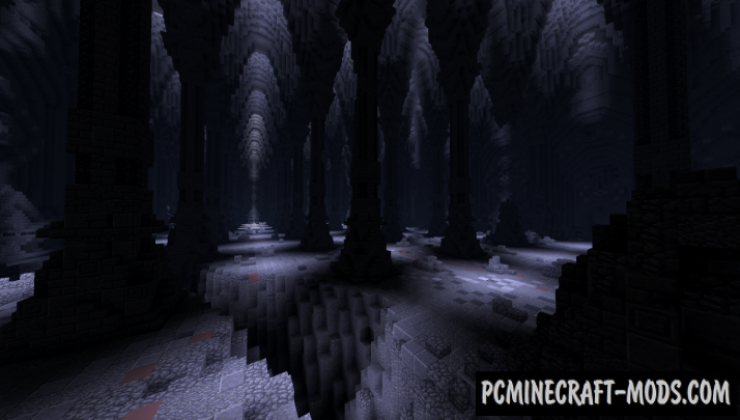

The difficulty settings were finalized into 3 tiers for Skirmishes and 2 tiers for normal instances. With the Skirmish system came instances that scaled by level, difficulty setting, and group size. Inside Skirmishes, players were able to summon a Soldier, an NPC who accompanied the player and fought with him/her. Siege of Mirkwood featured the new Skirmish system, in which a player could instantly join a self-contained, scripted instance. The Enedwaith area, south of Eregion, was later added as a prelude to the next expansion. The second paid expansion, Siege of Mirkwood, featured southern Mirkwood and the Dol Guldur instances. The player follows in the footsteps of the Fellowship of the Ring, and is able to catch up to the Fellowship in Lothlórien as they rest after the fall of Gandalf. The player accompanies the Dwarves once again into the Mines to try to retake Moria from the orcs. The story focused on the aftermath of Balin's failure to retake Moria. Two new classes were added: the Rune-Keeper and the Warden. If the character had too little Radiance, or too much Gloom, he/she would cower and be unable to do anything. Also introduced was the controversial Radiance/Gloom mechanic, in which players were forcibly penalized with Gloom when entering an area "of particular danger." Gloom could be negated by obtaining armor that had Radiance. Mines of Moria also included a new system of Legendary Weapons that could gain experience with the player as well as a yet-to-be-named "Hard Mode" feature that allowed players to reap additional rewards from instances if they completed some difficult challenge in addition to defeating the final boss.
#MAP OF MORIA LORD OF RINGS ONLINE FREE#
The rest of Lothlórien, including the city of Caras Galadhon, was added in subsequent free updates.
#MAP OF MORIA LORD OF RINGS ONLINE UPDATE#
Eregion was a free update released at the same time as Mines of Moria, and this was where players entered Moria. The first paid expansion, Mines of Moria, added the entirety of Moria, part of Lothlórien, and Eregion. The Lord of the Rings Online™ Mines of Moria™ The player's role was to unseat this new threat. The main story was that a steward had taken up the Witch-kingn's seat in Angmar, and threatened Middle-earth from the North. Monster Players could not normally leave the Ettenmoors, although an in-game bug was discovered that did allow "Creeps" out of the zone by circumventing the normal boundaries of the zone. This included the Player-versus-Monster Player (or PvMP for short) area of the Ettenmoors, where players could participate in player-vs-player combat by either taking their own character into the zone, or by creating a Monster Player, a character allied with the forces of Sauron.


Many new areas were added over the span of two years in the form of free updates, which filled in most of the current area of Eriador. New characters started in either Ered Luin, the Shire, or Bree-land. The release-to-public version of the game was called Shadows of Angmar, released on April 24, 2007. The release date was also delayed to 2006. In March 2005, Turbine announced that it had bought the rights to make massively multiplayer games based on Tolkien's literature and that Turbine will assume publishing duties on The Lord of the Rings Online from Vivendi. Finally, Vivendi announced an agreement with Turbine in 2003 to produce Middle-earth Online (at that time expected to be released in 2004).

Vivendi Universal Games, the parent company of Sierra, secured eight-year rights to produce computer and video games based on the The Lord of the Rings books in 2001. Sierra continued to confirm development on the MMORPG was progressing, but did not release any development details over the next few years. Sierra had financial troubles in 1999 and replaced the staff working on the game. The most debated design idea was the planned use of " permadeath": When a player character would die in the game, that character would be permanently dead (most MMORPGs resurrect a dead character with minor penalties). This caused some excitement among fans, who were awaiting The Lord of the Rings movies and was also slightly controversial for a few design decisions. Sierra On-Line first announced the development of a licensed, Middle-earth MMORPG in 1998.


 0 kommentar(er)
0 kommentar(er)
